Running a workshop with teachers to create culturally relevant Computing lessons
Who chooses to study Computing? In England, data from GCSE and A level Computer Science entries in 2019 shows that the answer is complex. Black Caribbean students were one of the most underrepresented groups in the subject, while pupils from other ethnic backgrounds, such as White British, Chinese, and Asian Indian, were well-represented. This picture is reflected in the STEM workforce in England, where Black people are also underrepresented.
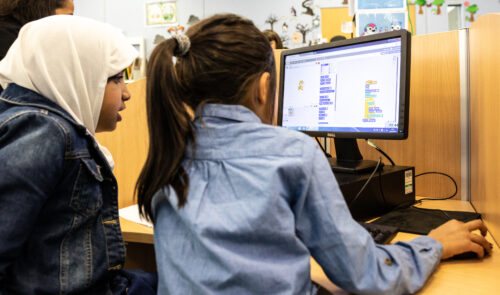
That’s why one of our areas of academic research aims to support Computing teachers to use culturally relevant pedagogy to design and deliver equitable learning experiences that enable all learners to enjoy and succeed in Computing and Computer Science at school. Our previous research projects within this area have involved developing guidelines for culturally relevant and responsive teaching, and exploring how a small group of primary and secondary Computing teachers used these guidelines in their teaching.
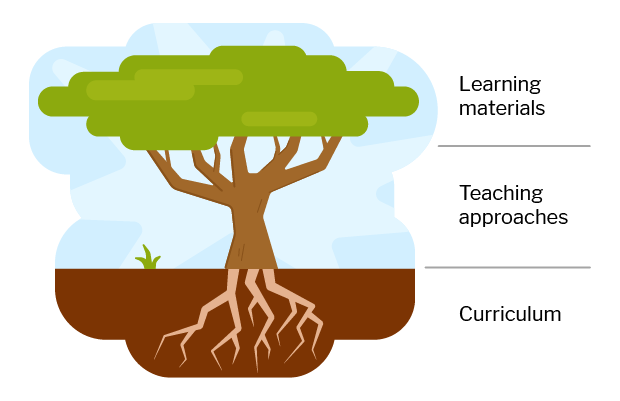
In our latest research study, funded by Cognizant, we worked with 13 primary school teachers in England on adapting computing lessons to incorporate culturally relevant and responsive principles and practices. Here’s an insight into the workshop we ran with them, and what the teachers and we have taken away from it.
Adapting lesson materials based on culturally relevant pedagogy
In the group of 13 England-based primary school Computing teachers we worked with for this study:
- One third were specialist primary Computing teachers, and the other two thirds were class teachers who taught a range of subjects
- Some acted as Computing subject lead or coordinator at their school
- Most had taught Computing for between three and five years
- The majority worked in urban areas of England, at schools with culturally diverse catchment areas
In November 2022, we held a one-day workshop with the teachers to introduce culturally relevant pedagogy and explore how to adapt two six-week units of computing resources.
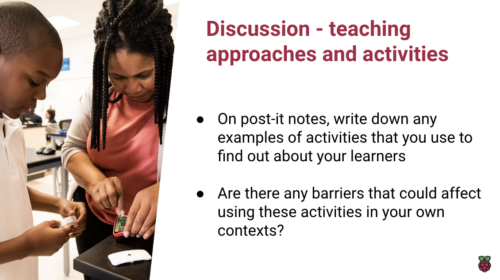
The first part of the workshop was a collaborative, discussion-based professional development session exploring what culturally relevant pedagogy is. This type of pedagogy uses equitable teaching practices to:
- Draw on the breadth of learners’ experiences and cultural knowledge
- Facilitate projects that have personal meaning for learners
- Develop learners’ critical consciousness
The rest of the workshop day was spent putting this learning into practice while planning how to adapt two units of computing lessons to make them culturally relevant for the teachers’ particular settings. We used a design-based approach for this part of the workshop, meaning researchers and teachers worked collaboratively as equal stakeholders to decide on plans for how to alter the units.
We worked in four groups, each with three or four teachers and one or two researchers, focusing on one of two units of work from The Computing Curriculum for teaching digital skills: a unit on photo editing for Year 4 (ages 8–9), and a unit about vector graphics for Year 5 (ages 9–10).

In order to plan how the resources in these units of work could be made culturally relevant for the participating teachers’ contexts, the groups used a checklist of ten areas of opportunity. This checklist is a result of one of our previous research projects on culturally relevant pedagogy. Each group used the list to identify a variety of ways in which the units’ learning objectives, activities, learning materials, and slides could be adapted. Teachers noted down their ideas and then discussed them with their group to jointly agree a plan for adapting the unit.
By the end of the day, the groups had designed four really creative plans for:
- A Year 4 unit on photo editing that included creating an animal to represent cultural identity
- A Year 4 unit on photo editing that included creating a collage all about yourself
- A Year 5 unit on vector graphics that guided learners to create their own metaverse and then add it to the class multiverse
- A Year 5 unit on vector graphics that contextualised the digital skills by using them in online activities and in video games
Outcomes from the workshop
Before and after the workshop, we asked the teachers to fill in a survey about themselves, their experiences of creating computing resources, and their views about culturally relevant resources. We then compared the two sets of data to see whether anything had changed over the course of the workshop.
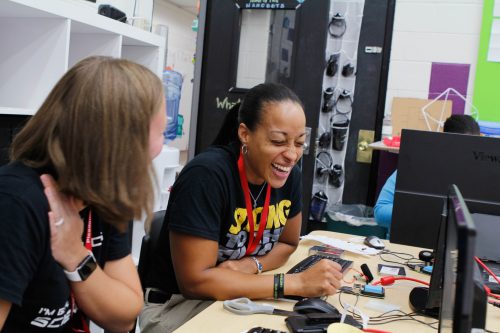
After teachers had attended the workshop, they reported a statistically significant increase in their confidence levels to adapt resources to be culturally relevant for both themselves and others.
Teachers explained that the workshop had increased their understanding of culturally relevant pedagogy and of how it could impact on learners. For example, one teacher said:
“The workshop has developed my understanding of how culturally adapted resources can support pupil progress and engagement. It has also highlighted how contextual appropriateness of resources can help children to access resources.” – Participating teacher
Some teachers also highlighted how important it had been to talk to teachers from other schools during the workshop, and how they could put their new knowledge into practice in the classroom:
“The dedicated time and value added from peer discourse helped make this authentic and not just token activities to check a box.” – Participating teacher
“I can’t wait to take some of the work back and apply it to other areas and subjects I teach.” – Participating teacher
What you can expect to see next from this project
After our research team made the adaptations to the units set out in the four plans made during the workshop, the adapted units were delivered by the teachers to more than 500 Year 4 and 5 pupils. We visited some of the teachers’ schools to see the units being taught, and we have interviewed all the teachers about their experience of delivering the adapted materials. This observational and interview data, together with additional survey responses, will be analysed by us, and we’ll share the results over the coming months.
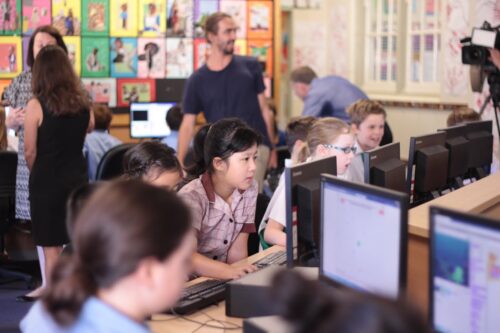
In our next blog post about this work, we will delve into the fascinating realm of parental attitudes to culturally relevant computing, and we’ll explore how embracing diversity in the digital landscape is shaping the future for both children and their families.
We’ve also written about this professional development activity in more detail in a paper to be published at the UKICER conference in September, and we’ll share the paper once it’s available.
Finally, we are grateful to Cognizant for funding this academic research, and to our cohort of primary computing teachers for their enthusiasm, energy, and creativity, and their commitment to this project.

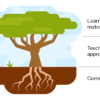




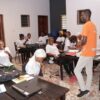
1 comment
Raspberry Pi Staff Rujeko
Insightful! Particularly appreciated how teachers were involved right from the onset of actually developing/adapting their units to become more culturally relevant and contextual before delivering/facilitating the content with the learners. Following closely and can’t wait to learn about parents’ responses.